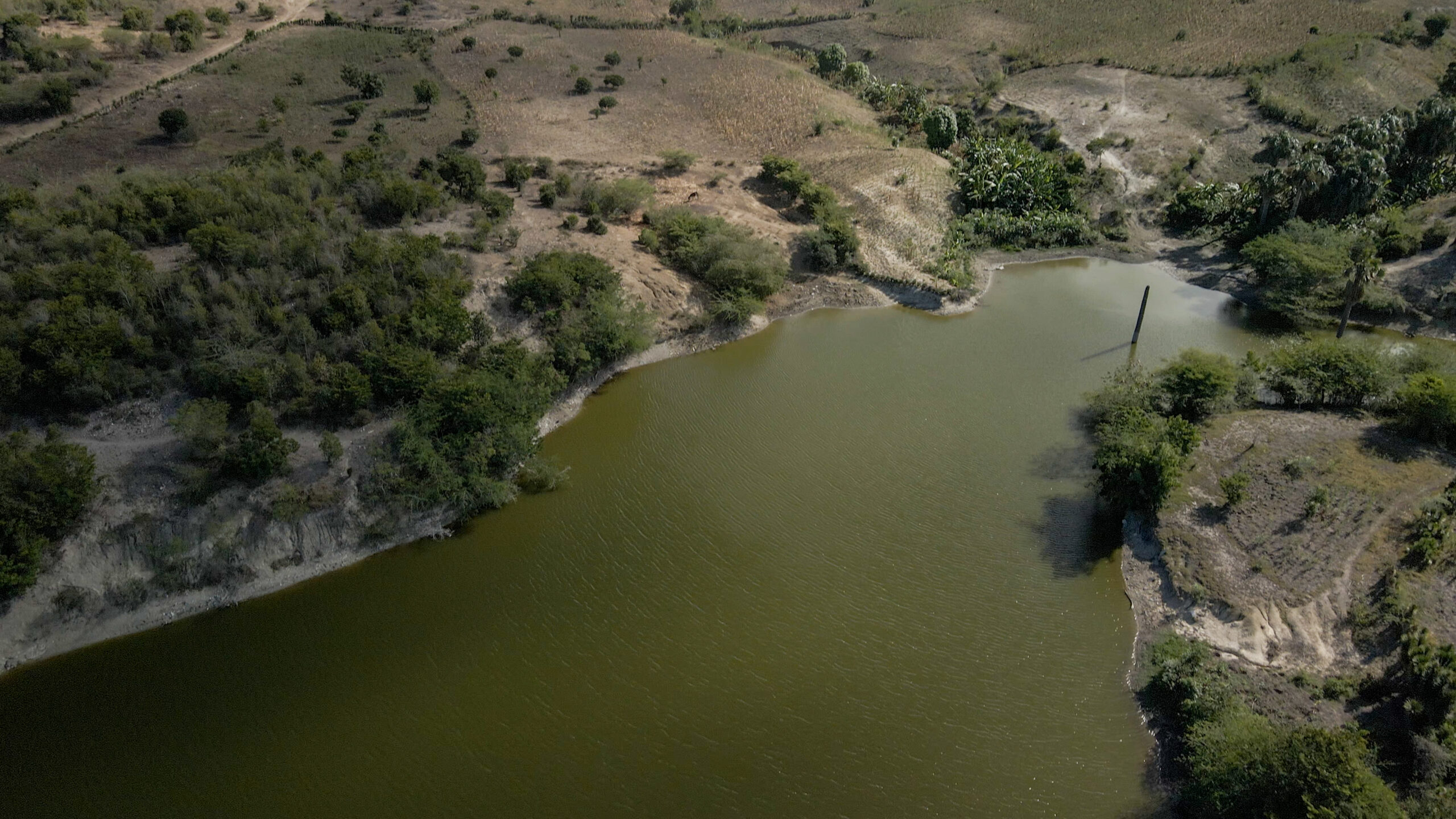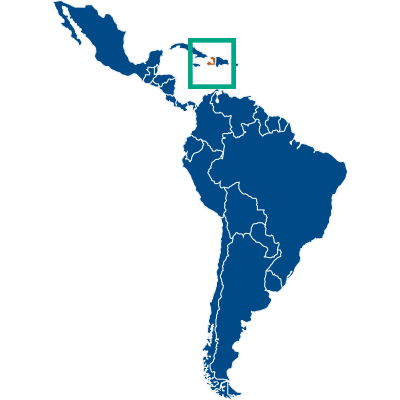Northwest Haiti is an extremely dry region. We work in the catchments of three rivers: the Denisse, the Catinette and the Moustiques. Nature in this region has been severely affected and requires a major boost to reverse the current downward spiral.
The population is growing, and with it the need for sufficient food. More and more agriculture is taking place in this hilly area and trees are being cut down to create fields. Excessive agriculture in a dry climate is not sustainable and leads to a soil that contains hardly any nutrients. In the wet seasons it rains very hard, but the water can hardly penetrate the hard, dried-up soil.
We also work in the coastal area of the same region. Another problem is taking place here: the mangrove forest is being cleared for fuel wood and the expansion of agricultural land. It requires immediate restoration, because if it were to disappear completely, salty seawater would penetrate the dry soils, which would become salinated as a result. The quality of the groundwater and soil fertility decrease as a result.

What we do
Together with the Haitian organisation ODRINO we want to prevent further desiccation and salinisation. A selection of our activities:
- We reforest land and establish a management committee to oversee the reforested areas. Trees make it easier for water to penetrate the soil.
- We restore and protect the mangrove on the coast.
- We provide anti-erosive structures (dams and canals) in the hills. They prevent landslides and give rainwater time to penetrate the hard soil.
- We are committed to a significant increase in water availability and water infiltration by creating lakes in natural ‘basins’ in the landscape.
- We investigate whether beekeeping is a suitable alternative source of income for intensive trade-oriented agriculture.
- We are building ecological toilets so that people no longer defecate in the open air and no longer contaminate water resources.
These initiatives are part of a broader program in Haiti that aims to keep clean and sufficient water available for people and nature alike. It focuses on protecting water resources, access to drinking water and sanitation, and water for food production.


